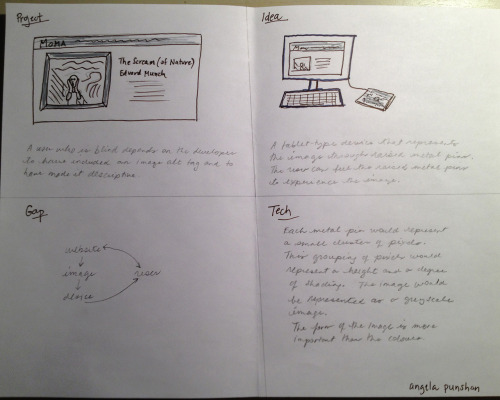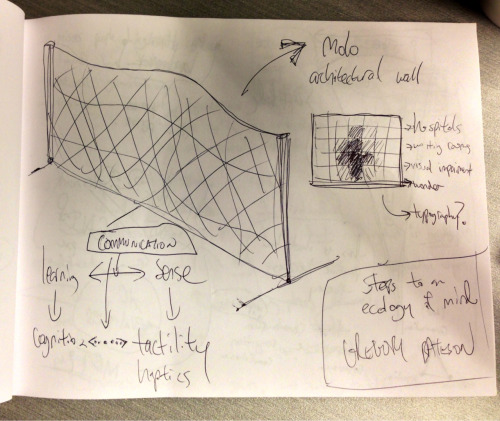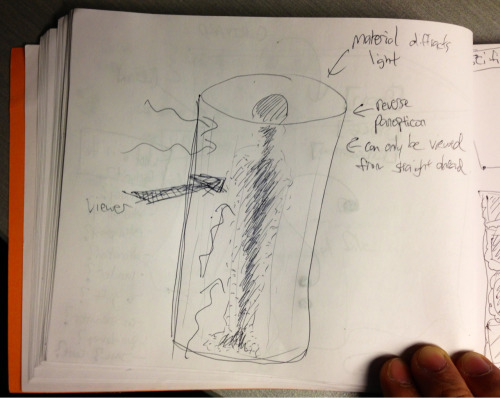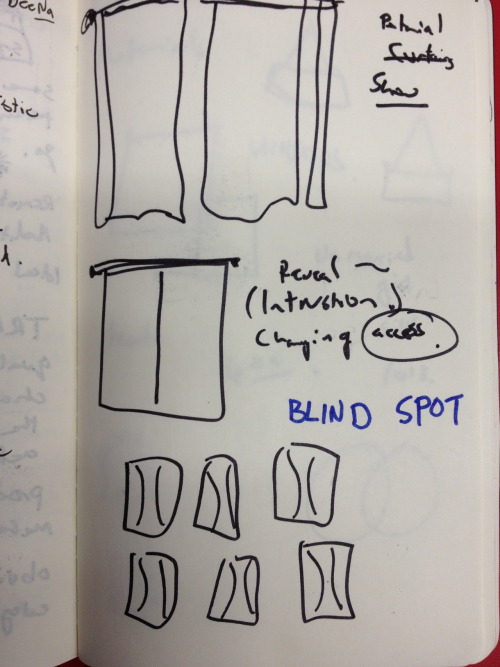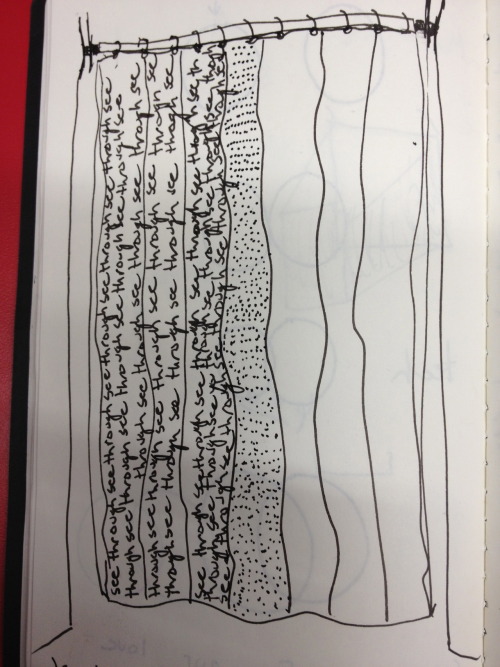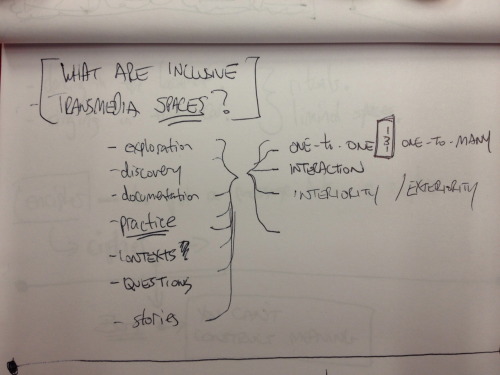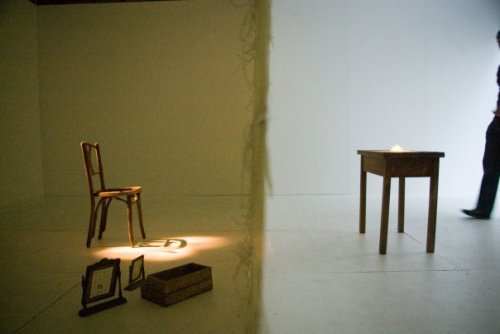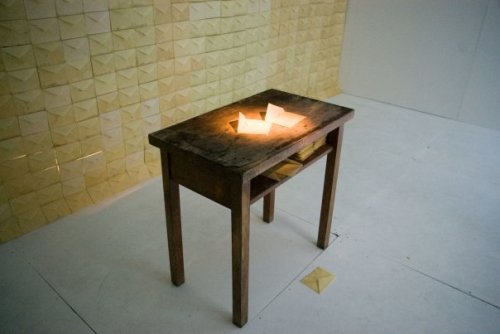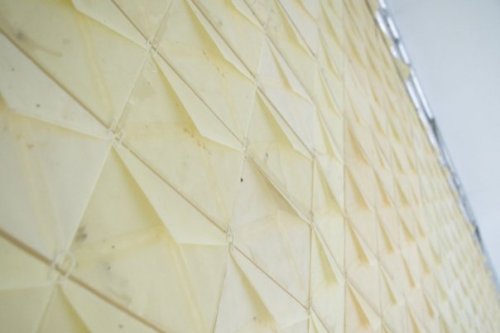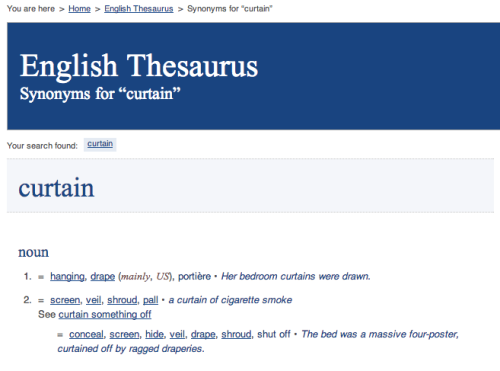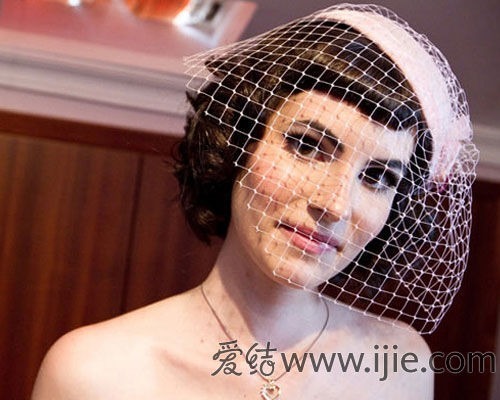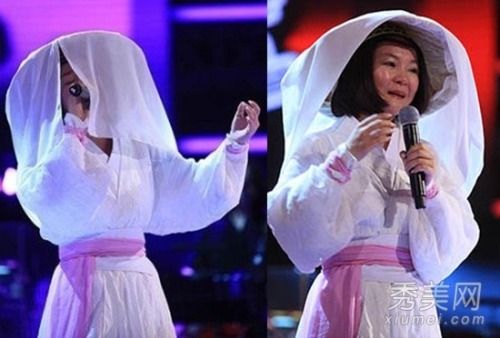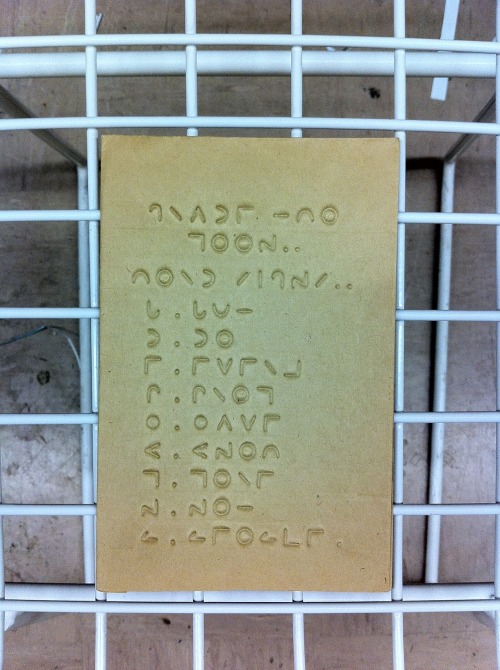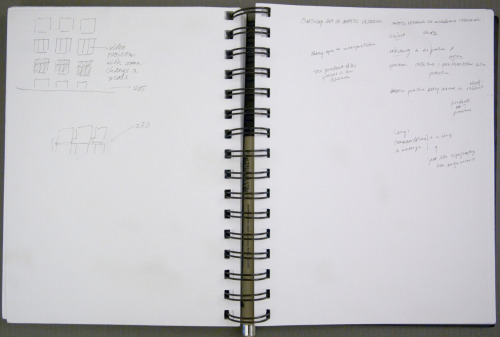Early ideas
- Reconciling art and research:
Sometimes Artistic Resesarch has a strong affinity with social science research, and more particularly with ethnographic research or action research—whereby in both cases the subjects and objects of the study are intertwined and the researchers are both a participant and an observer.
- Angela’s quad chart of a haptic idea:
-
Jan’s sketch of a projection-based idea:
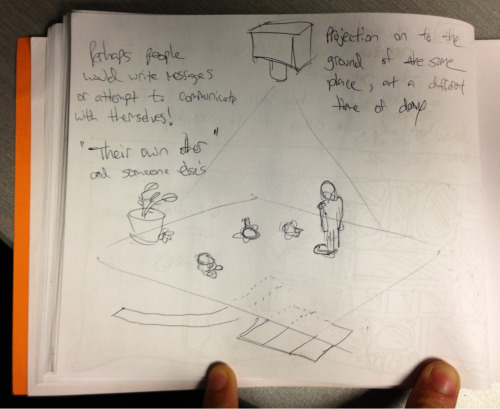
-
Jan’s sketch of a curtain-based idea:
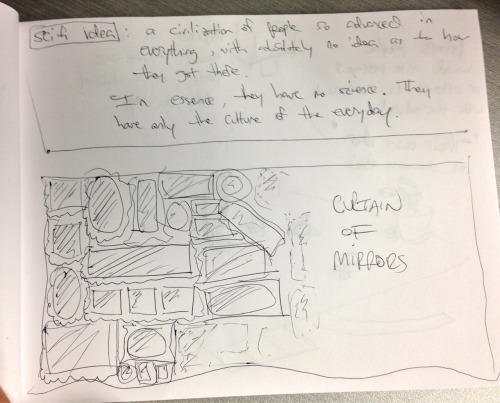
-
Another of Jan’s sketches of a curtain-based idea:
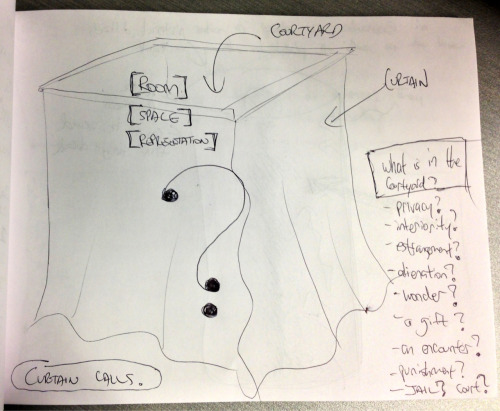
-
The to-do list:

